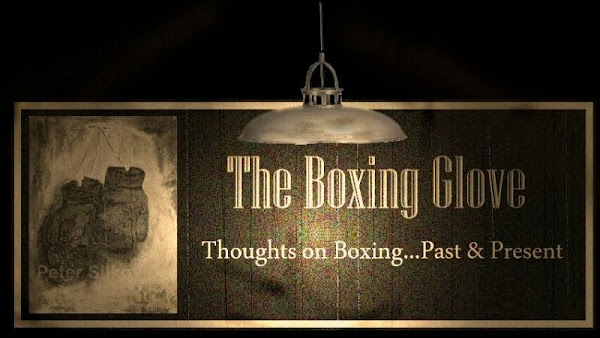By Peter Silkov
On Saturday night I had the
privilege of going to Caris Boxing Club’s annual ‘Big Spar’ at Pooles Park School,
London. Boxing often gets bad press in
the general media, but if you want to see the good that boxing can do in people’s
lives, then you need look no further than the Caris Boxing Club. Set up by Sam
Hadfield with the aim of helping the homeless, and those suffering from
addictions, depression and special needs, the Caris Boxing Club is not about
producing professional boxing champions, but about making its members champions
of their own lives. Sam and other volunteers help those in need overcome the
kind of issues that can affect anyone, such as addiction and depression, but
often go ignored, and untreated.
Sam Hadfield is much more than
just a boxing coach, he is also a life coach and mentor, who has a great
affinity with his boxers. Caris is open to people of all ages, but it is also
especially geared to helping young people who have had a difficult start in life,
and have lost their way. The Caris Boxing Club provides support and motivation
with boxing training, help with housing, and dealing with addictions. Caris also helps its boxers with education
and training for work.
Boxing has long been a sport
which can build peopl’es characters and confidence, as well as physical
fitness, and the Caris Boxiong Club is a powerful reminder that the sport is
not all about producing professional champions.
The Caris Boxing Club has been
registered with the Amateur Boxing Association, making it the first boxing club
for the homeless to receive such official recognition.
Saturday nights Big Spar saw
the club raise almost £2000. The annual event is a mixture of fund raiser and
celebration, featuring a night of sparring between its members and guest
appearances by amateur boxers from other clubs, as well as some veteran
ex-fighters from both the professional and amateur ranks. Judging by the large
turnout, The Big Spar is growing in popularity year by year.
One of the highlights of the
night came when Sam handed out his awards, which are given to outstanding members
of his club, not so much for their boxing ability, but for how they have used
their boxing at Caris to turn their lives around. The night was given an added
bonus by the arrival of Labour leader, Jeremy Corbyn, who proceeded to help
present the awards. It was nice to see such a high ranking politician giving
something back in such a relaxed manner, seemingly devoid of spin.
All in all, it was a great
night, and a powerful demonstration of why Caris is such a positive thing. In these times of hardship, we could do with
many more clubs like the Caris Boxing Club, helping communities, and providing
support and guidance for people who have lost their way in life. The CarisBoxing Club is breaking down barriers, and showing that there can be a way out
for people whose lives have taken a wrong turn. Homelessness and addiction are
still taboo subjects for many people, but it shouldn’t be that way.
The Caris Boxing Club are trying to raise money for The Big Spar 2016 Fundraiser to support the club.
Caris Boxing supports the homeless, vulnerable adults with mental issues.If you would like to donate:
Copyright © 2016 The Boxing Glove, Inc. Peter Silkov Art. All Rights Reserved.
























